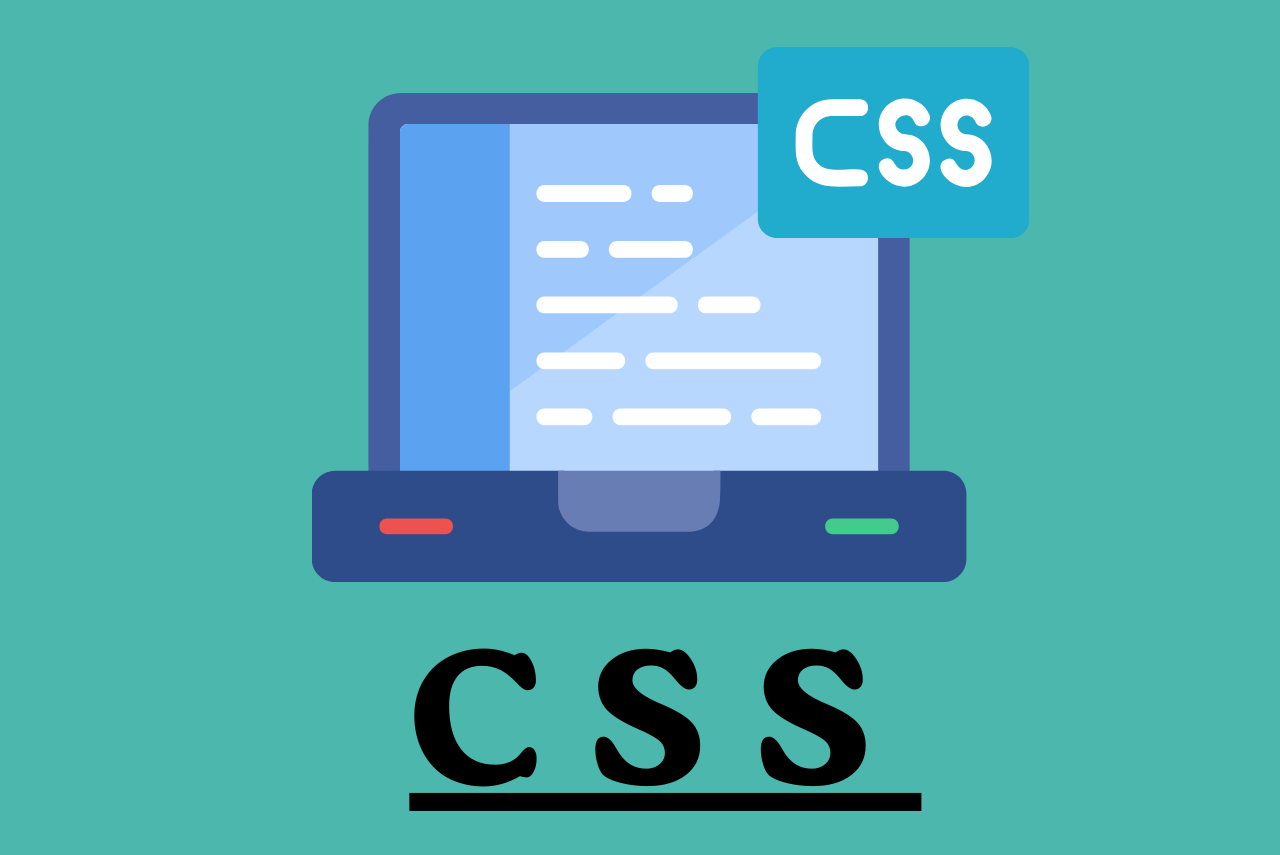
CSS
Instructor
assurance
Course Overview
Cascading Style Sheets (CSS) is one of the foundational technologies for building beautiful, responsive, and user-friendly websites. Whether you’re creating simple personal blogs or complex web applications, CSS is the tool that
allows you to control the design, layout, and visual presentation of your content.
The course is divided into hands-on lessons, practical examples, and real-world projects that will help you gain confidence and expertise in CSS.
What You Will Learn in CSS?
CSS Basics
- Understand the purpose of CSS in web design.
- Learn about CSS syntax: selectors, properties, and values.
- Link a CSS file to an HTML document.
CSS Box Model
- Learn about the CSS box model (content, padding, border, and margin).
- Understand how the
box-sizingproperty affects element size. - Adjust element layout using padding, borders, and margins.
Layout Techniques
- Use Flexbox for creating flexible layouts (e.g., centering items, creating grids).
- Use CSS Grid for advanced grid-based layouts.
- Learn about the position property (relative, absolute, fixed, sticky).
- Float and clear elements.
Typography
- Style text using properties like
font-family,font-size,font-weight, andline-height. - Apply text alignment, letter spacing, and text transformations.
- Use web-safe fonts and Google Fonts.
- Work with text shadows.
Colors and Backgrounds
- Set colors using HEX, RGB, HSL values.
- Apply gradients (linear and radial).
- Add background images and control their positioning.
CSS Transitions and Animations
- Create smooth transitions (e.g., hover effects).
- Use keyframes for animations.
- Control animation speed, direction, and delays.
Responsive Design
- Understand media queries for mobile-friendly designs.
- Use the viewport meta tag for mobile scaling.
- Design layouts that adapt to different screen sizes.
CSS Variables
- Define and use CSS variables to store reusable values.
- Work with global and local scope for better code management.
Advanced CSS Techniques
- Learn about advanced selectors like attribute selectors and child/descendant selectors.
- Work with Z-index for stacking elements.
- Apply advanced layout techniques using
column-count,object-fit, and more.
What You Will Be Able to Do After Learning CSS?
1. Text Styling
- Change text color, size, font, and style (e.g., bold, italic).
- Align text (center, left, right, or justify).
- Apply decorative styles like underlining or text shadows.
2. Color and Backgrounds
- Apply background colors, gradients, or images to elements.
- Use transparency and opacity to enhance design.
3. Layout and Positioning
- Organize content using layout models (e.g., flexbox, grid).
- Control element positioning (static, relative, absolute, or fixed).
- Create responsive layouts with media queries.
4. Borders and Spacing
- Customize element borders (color, thickness, style, and radius).
- Add padding and margins to control element spacing.
- Round corners for smoother design aesthetics.
5. Animation and Transitions
- Add smooth transitions for hover and click effects.
- Create keyframe animations for more complex effects.
6. Responsive Design
- Design for different screen sizes using media queries.
- Create mobile-first and cross-device compatible websites.
7. Box Model
- Understand how the CSS box model works for content, padding, borders, and margins.
- Control the sizing and display of elements.
8. Flexbox
- Use flexbox to create flexible, one-dimensional layouts.
- Align items vertically and horizontally with ease.
9. Grid
- Utilize CSS grid for creating complex, two-dimensional layouts.
- Arrange items into rows and columns with precision.
10. Pseudo-Classes and Pseudo-Elements
- Use pseudo-classes like
:hover,:focus, and:nth-childto apply styles based on user interaction or element state. - Use pseudo-elements like
::beforeand::afterto insert additional content.
11. Custom Fonts and Icons
- Import and apply custom web fonts (e.g., Google Fonts).
- Integrate icon libraries like FontAwesome for visual enhancements.
12. Z-Index and Stacking
- Control the stacking order of elements to manage overlaps and layers.
13. Shadow Effects
- Apply box shadows and text shadows to add depth and dimension to designs.
14. Media and Images
- Control the size, position, and cropping of images and videos.
- Create hover effects for interactive media content.
15. User Experience Enhancements
- Design hover, focus, and active state effects to improve user interactions.
- Ensure accessibility through color contrast and readable fonts.
Course Duration
6 months
Mode of Course
- Online
- In-Person
Course Content
-
CSS Syllabus
-
-
2. SYNTAX
-
3. INCLUSION
-
4. MEASUREMENT UNITS
-
5. COLORS
-
6. BACKGROUND
-
7. FONTS
-
8. TEXT
-
9. IMAGES
-
10. LINKS
-
11. TABLES
-
12. BORDERS
-
13. MARGINS
-
14. LISTS
-
15. PADDINGS
-
16. CURSORS
-
17. OUTLINES
-
18. DIMENSION
-
19. SCROLLBARS
-
20. VISIBILITY
-
21. POSITIONING
-
22. LAYERS
-
23. PSEUDO CLASSES
-
24. PSEUDO ELEMENTS
-
25. @ RULES
-
26. FILTERS
-
27. MEDIA TYPES
-
28. PAGED MEDIA
-
29. AURAL MEDIA
-
30. PRINTING
-
31. LAYOUTS
-

